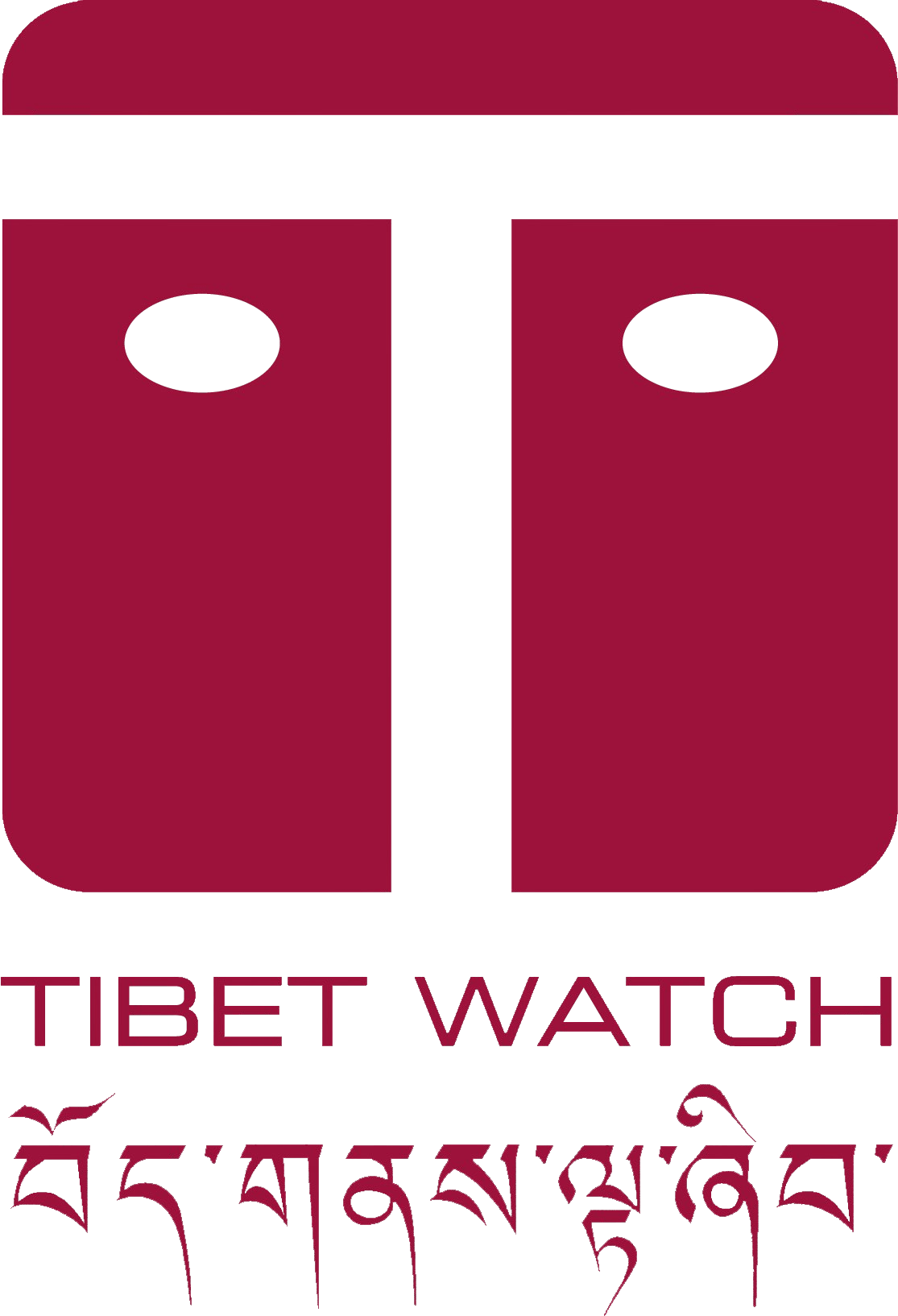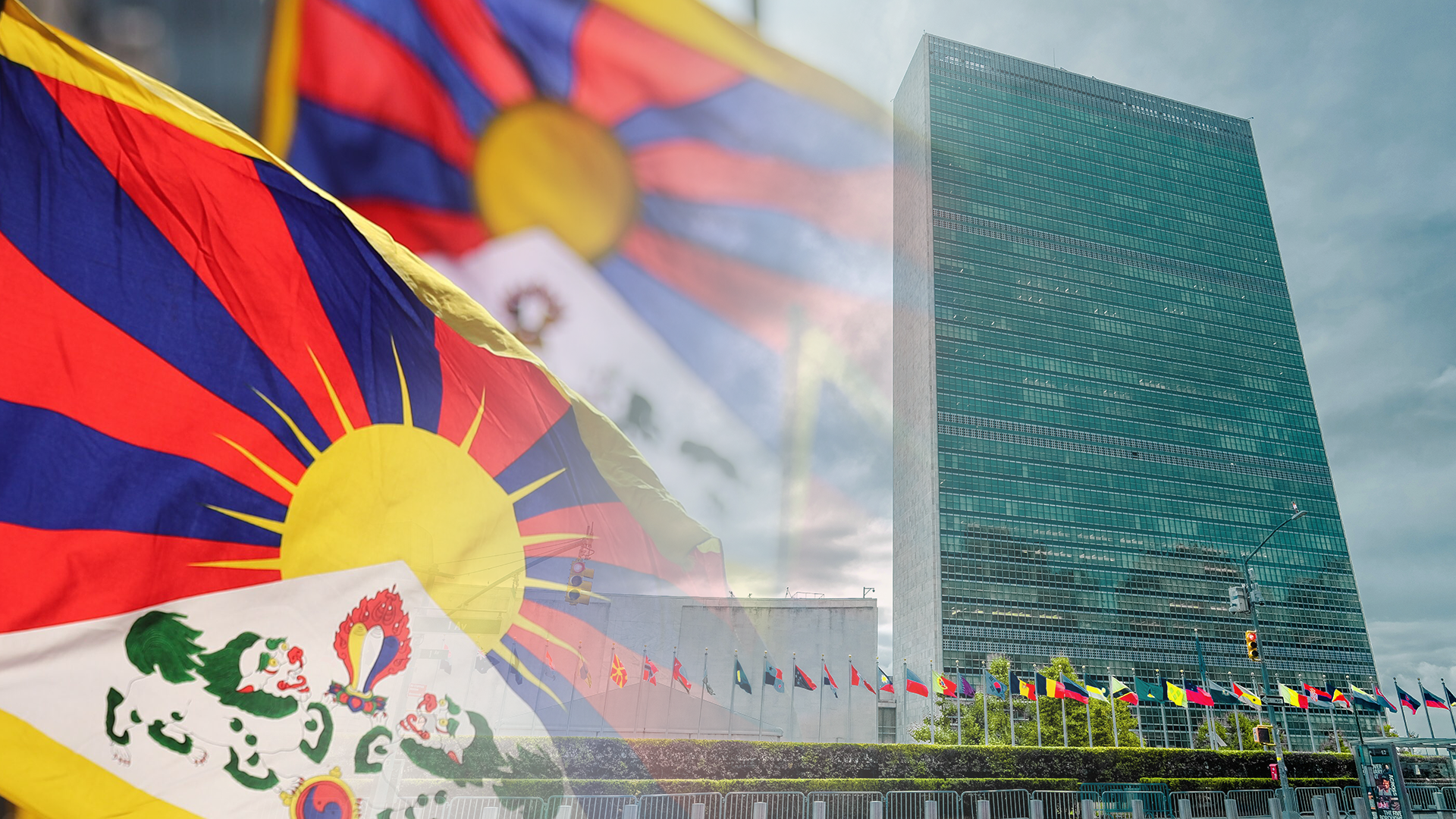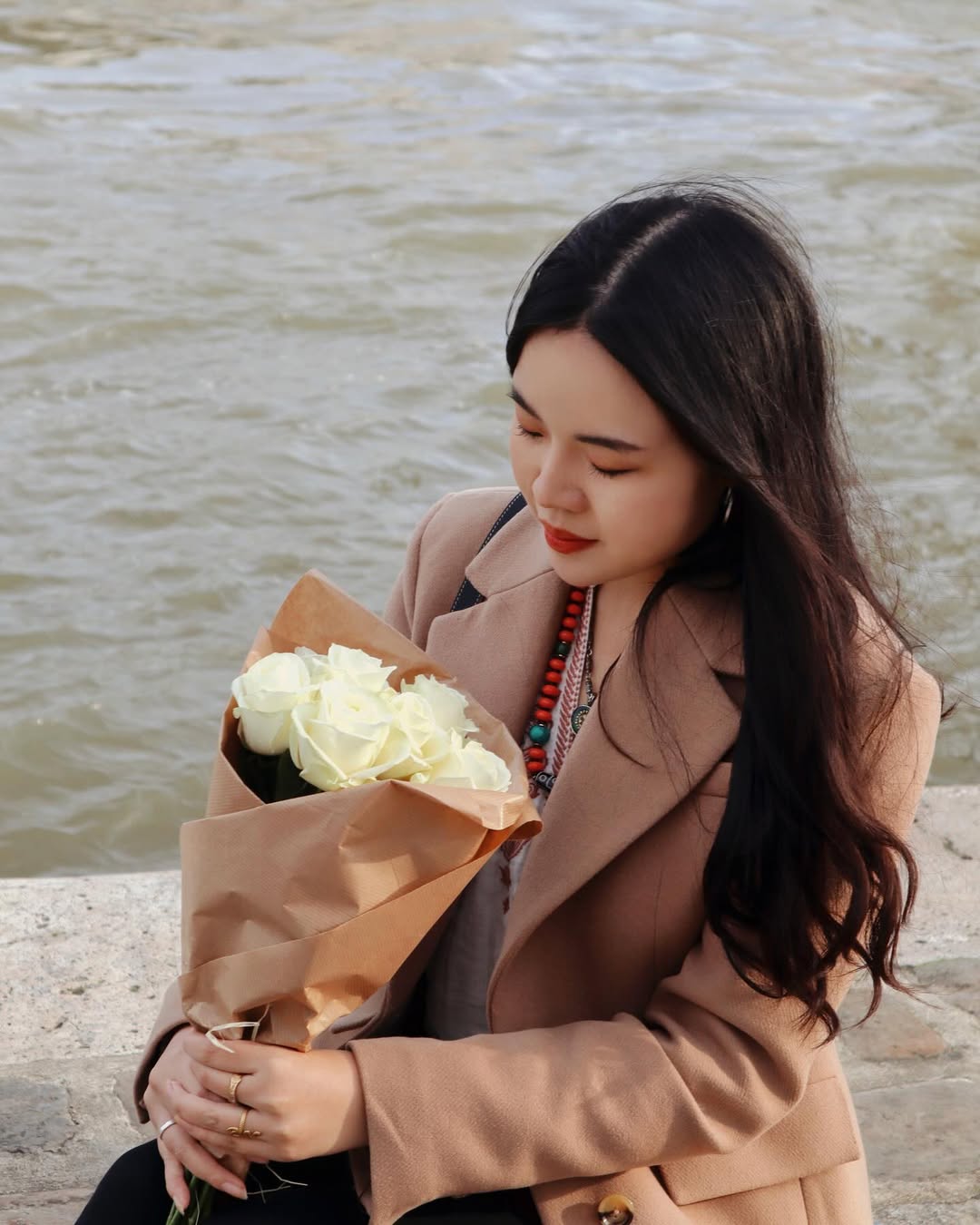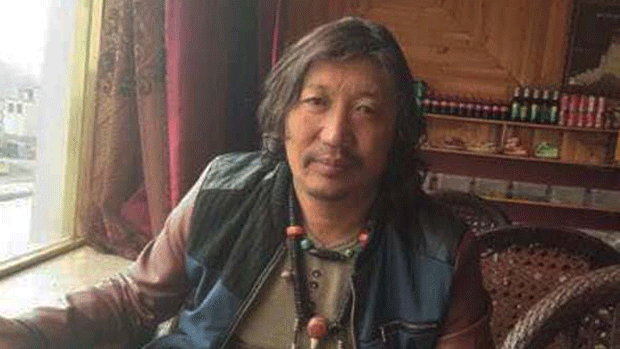
China’s oppression in monasteries in Tibet at the time of the Dalai Lama’s 90th birthday last month was so severe that a respected scholar monk in Tsolho, Amdo, committed suicide at the monastery on August 18.
Fifty-two year old Shersang Gyatso (ཤེར་བཟང་རྒྱ་མཚོ།) died at his monastery in Ba (Chinese: Tongde) county, following an intensive crackdown at his monastery involving raids, searches for Dalai Lama images and a ban on traditional religious ceremonies in the weeks before the exiled religious leader’s 90th birthday.
As a member of the monastery management committee, Shersang Gyatso had faced particularly intense pressure amid a wide-ranging crackdown at the monastery since May this year, which intensified at the time of the Dalai Lama’s birthday on July 6. Just before the birthday, Chinese authorities conducted extensive searches of monks’ living quarters, confiscating images of the Dalai Lama. They confined monks in the monastery, and an unknown number of young monks under the age of 18 were expelled, according to Tibet Watch sources.
The crackdown extended to local people; the monastery has strong ties to nomadic communities across the region. Tsang monastery monks were not permitted to conduct traditional religious activities, causing widespread distress. While monks were briefly allowed to leave the monastery following the Dalai Lama’s birthday, restrictions were intensified again from July 20 onwards. Monks were required to attend daily political education meetings, forced to denounce the Dalai Lama, and their monastery quarters were repeatedly searched.
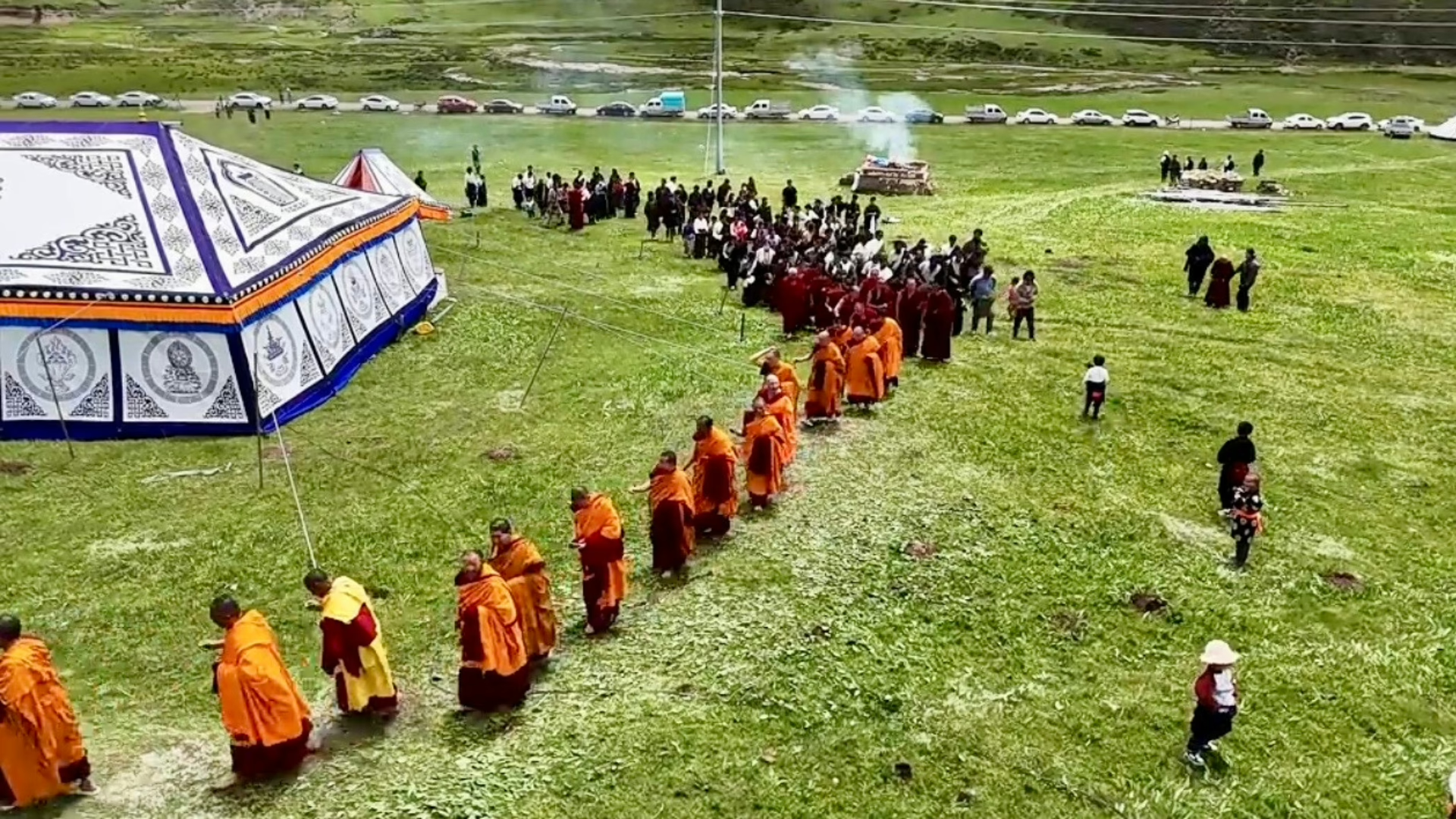
The Tsang monastery is an important religious centre for local nomadic communities. Image from Tibet.
Shersang Gyatso (ཤེར་བཟང་རྒྱ་མཚོ།) was from the nomadic village of Arig (ཨ་རིག་སྡེ་བ།) in Malho Sogzong (རྨ་ལྷོ་སོག་རྫོང་།) and was a respected scholar and practitioner from the Gyulpa College (རྒྱུད་པ་གྲྭ་ཚང་།), one of the five traditional colleges of the monastery. The monastery, Tsanggon Dondup Rabten Ling (གཙང་དགོན་དོན་གྲུབ་རབ་བརྟན་གླིང་།), is one of the largest in the Amdo region of eastern Tibet, located 12 kilometres from Mashang township (རྨ་བྱང་ཡུལ་ཚོ།) in Ba (Tongde) County (འབའ་རྫོང་།) in Tsolho (Chinese: Hainan) prefecture of Qinghai province, and housing over 1000 monks from the Malho, Tsolho, and Golok prefectures.
There was a widespread crackdown across Tibet in the buildup to the Dalai Lama’s birthday on July 6, documented by Tibet Watch in this report. It was accompanied by comprehensive information control measures designed to create a media blackout. The restrictions were aimed at ensuring that both Tibetans and Chinese citizens remained uninformed about the exile celebrations and the Dalai Lama’s statement on July 2 confirming that the institution of the Dalai Lama would continue.
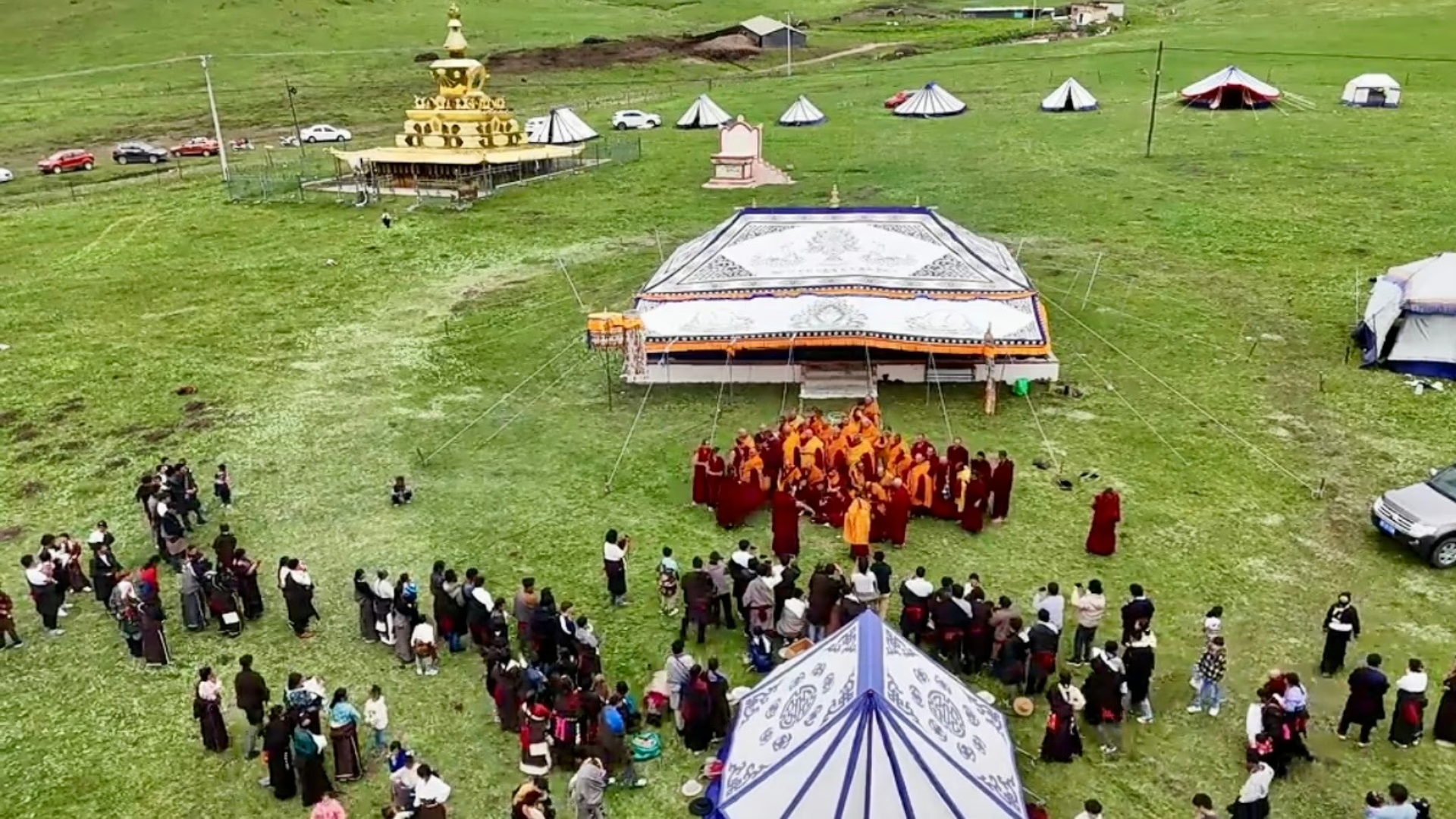
Local communities and monks in the monastery area. Image from Tibet.
Monks at Tsang monastery, one of the most important and influential in the area, have endured intense persecution before. In 2008, when a wave of political protests swept across the plateau, to be met by a violent crackdown, monks from Tsang monastery hoisted a Tibetan ‘snow lion’ flag on the monastery roof, and carried photographs of the Dalai Lama in a peaceful demonstration.[1] A Tibetan monk in his forties, Choktrin Gyatso, served ten years in prison for his participation in the demonstration, and was released in 2017.[2] Monks Tsulsang Gyatso and Khedup Gyatso were detained with him, and were released a year earlier in 2016. Monks and local people staged a bold protest in 2012, calling for their release.
Tibet Watch and other monitoring organisations documented increasing number of suicides among Tibetan monks following the 2008 crackdown in Tibet, citing unbearable psychological trauma during ‘patriotic education’ campaigns, being forced to denounce the Dalai Lama, and violent crackdowns on resistance or simply practising Tibetan Buddhism. In May 2024, a 17-year-old Tibetan Buddhist monk, Kunzang Longyang, who was forced to leave his monastery and join a government-run school committed suicide after authorities said he could no longer wear his maroon robes, according to the Tibetan service of Radio Free Asia.[3]
[1] Tibetan Centre for Human Rights and Democracy report, 18 April, 2018, https://tchrd.org/chinese-authorities-detain-two-tibetan-monks-for-sharing-illegal-contents-on-social-media/
[2] Tibetan Centre for Human Rights and Democracy report, 29 April, 2017, https://tchrd.org/tibetan-monk-arrested-for-spearheading-2008-mass-uprising-released-after-completion-of-10-years-prison-term/
[3] Radio Free Asia and Tibet.net, 29 May 2024, https://tibet.net/exclusive-teen-tibetan-monk-takes-own-life-after-being-forced-to-leave-monastery/
